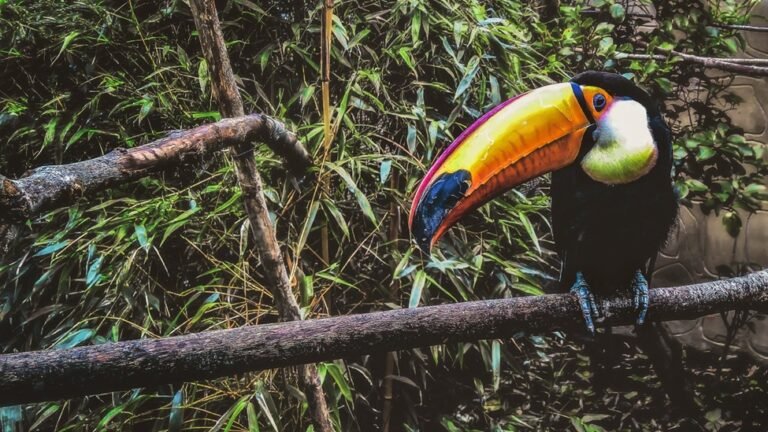Cordelia Scaife May, born in 1928, was a remarkable philanthropist with a deep love for her Pittsburgh heritage.
A woman ahead of her time, Cordelia Scaife May, used her family’s vast wealth not for extravagance but for bettering society. With a vision that extended generations into the future, May strategically funded groundbreaking initiatives in education, female empowerment, and environmental sustainability.
Her true loves were the winged creatures that brighten our skies – the birds. A lifelong passion for avians and their endangered habitats compelled May to give selflessly to their protection and conservation.
Through her philanthropic Laurel Foundation, she funded research, education, and advocacy groups devoted to preserving threatened species and fragile ecosystems for future generations.
Even as one of the country’s foremost female philanthropists routinely listed by Forbes, May stayed grounded in propelling progress. Despite her vast wealth, she focused on uplifting and empowering nonprofits to drive meaningful change so that the birds and other wildlife she adored could thrive.
May’s dedication to charitable giving manifested in the establishment of the Laurel Foundation in 1951.
Through her foundation, she conserved precious green spaces so people could enjoy nature’s splendor for years to come. May understood the unbreakable connections between humanity and our planet – that to uplift one, we must uplift the other. Her donations empowered nonprofits to drive impactful change.
The Foundation became a testament to her altruistic nature, reflecting her commitment to preserving and promoting the rich cultural history and environment of southwestern Pennsylvania.
One of the significant recipients of May’s generosity was the Powdermill Nature Reserve, a biological research station of the Carnegie Museum of Natural History.
Established in 1956, Powdermill owes its existence to the vision and leadership of Dr. M. Graham Netting, the museum’s director at the time. The nature reserve covers nearly 2,200 acres in the Laurel Highlands, featuring a diverse array of habitats, including mature second-growth forests, fields, streams, ponds, and wetlands.
In 1961, the museum hired ornithologist Robert Leberman to launch the Powdermill Avian Research Center (PARC) and create a bird banding station to study migration.
This marked the beginning of the country’s longest continuously running bird banding operation, which has banded over 800,000 birds to date.
May’s impact on avian research became evident through her substantial contributions to this program. Her financial support played a crucial role in maintaining the continuity and growth of PARC.
Over the next few decades, Powdermill continued expanding its land base and facilities. By the 1990s, it had grown to a staff of around 35 people working on various conservation projects.
In 1997, PARC scientists worked to restore the aquatic ecosystem in Laurel Run creek, which had been damaged by acid mine drainage.
Today, Powdermill comprises over 2,200 acres of managed forests, fields, and wetlands. In addition to the iconic bird banding program, researchers at the reserve conduct projects on topics ranging from invasive plants to soil science to bird-safe glass.
After 61 years, Powdermill Nature Reserve remains a thriving hub for environmental research and conservation. Its meticulously collected datasets serve as a unique record of ecological changes occurring locally and globally. As Powdermill looks to the future with expanded facilities and programming, its mission to study and protect nature continues to be fulfilled.
The growth of research at PARC over the years has significantly contributed to avian knowledge, thanks to the dedication of its staff and the financial support from philanthropists like Cordelia Scaife May.
The center’s extensive dataset, with over 800,000 banding records, has become a valuable resource for researchers worldwide.
May’s commitment to the well-being of migrating species and her passion for birds has left an indelible mark on the avian research community.
The Powdermill Nature Reserve, with its on-site housing and commitment to education, further amplifies the impact of May’s contributions. Researchers and educators alike benefit from the opportunities presented by the reserve to study ecological processes and engage in innovative education programs.
In reflecting on Cordelia Scaife May’s passion for birds and her substantial donations to the Powdermill Avian Research Center, one understands the importance of sustained funding for such research initiatives.
May’s foresight and generosity not only preserved her Pittsburgh heritage but also contributed to a legacy of avian research that continues to shape our understanding of the natural world.
Through her support, the Powdermill Avian Research Center stands as a beacon of scientific excellence, providing crucial insights into bird migration, behavior, and conservation.

















